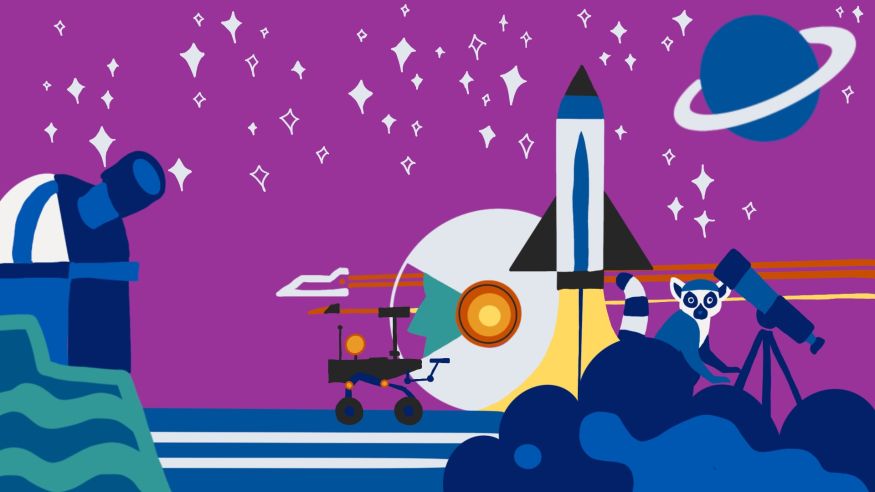
As the race to dominate low Earth orbit (LEO) intensifies, the skies above us are becoming increasingly crowded with satellites. This surge in space activity is not without its challenges, particularly concerning space debris, which poses significant risks to both current and future missions. The issue has gained urgency as more private and governmental organizations launch satellites to enhance global connectivity and communication.
LEO is favored not only for economic reasons but also for its efficiency. Satellites in these lower orbits can communicate with Earth with minimal delay, making them ideal for internet services, Earth observation, and other communications. However, the rapid deployment of these satellites has led to a congested orbital environment.
The Growing Problem of Space Debris
Unlike the vast expanses of higher-altitude orbits, LEO is a narrow band now teeming with activity. Satellites must maintain high speeds to remain in orbit, with no option to slow down or stop. Any reduction in speed results in a fall back to Earth, while collisions can lead to catastrophic fragmentation.
When satellites collide or are decommissioned, they leave behind fragments. Some of these burn up upon reentry, but many remain in orbit, becoming hazardous space debris. These tiny shards of metal and plastic travel at velocities capable of puncturing spacecraft, posing a threat to future missions. This problem is compounded by the Kessler Syndrome, a concept introduced by NASA’s Don Kessler. According to Kessler, once space debris reaches a critical mass, collisions will perpetuate a chain reaction, creating more debris and increasing collision risks.
“If satellites are disrupting circadian rhythms, how many days or years of life are we losing? What does it mean to permanently lose the night sky, a source of wonder and identity for humanity?”
Ecological and Human Impacts
Beyond the immediate threat to space missions, the proliferation of satellites and space debris has broader ecological consequences. Migratory birds, for instance, rely on the stars for navigation. Disruptions in their patterns can have cascading effects on ecosystems, agriculture, and food security. These indirect impacts are challenging to quantify but are significant nonetheless.
Kannawadi, a researcher in space policy, highlights the complexity of the issue. “This is a very complex problem in the sense that it’s going to need a lot of people with different expertise to come together to be able to do something about it,” he said.
International Cooperation and Future Solutions
The announcement comes as international bodies and space agencies emphasize the need for diplomatic strategies to address space security challenges. With the increasing likelihood of international space disputes, collaboration is crucial. The focus is on creating frameworks to manage space traffic and mitigate debris risks effectively.
Efforts to tackle the space debris problem include developing technologies for debris removal and enhancing satellite design to minimize fragmentation. However, these solutions require significant investment and international cooperation. The stakes are high, as unchecked debris could threaten the sustainability of space exploration and the safety of Earth’s orbital environment.
By the Numbers: “One collision can create thousands of new pieces, each capable of causing further damage.”
Meanwhile, space-faring nations and companies are urged to adopt responsible practices, such as deorbiting defunct satellites and adhering to best practices for collision avoidance. The path forward involves balancing the benefits of space technology with the responsibility of preserving the orbital environment for future generations.
The move represents a critical juncture in space policy, where proactive measures and international collaboration are essential to prevent a crisis that could have far-reaching implications for both space exploration and life on Earth.





